

Encounter The Beauty Of Wildlife In Rajasthan In Their Natural Habitat
Rajasthan is situated in the northwest corner of India spanning an area of approximately 3,42,000 Sq km. Being one amongst the largest states of the country, Rajasthan is extraordinarily rich in National Parks and Wildlife Sanctuaries. A varied topography will be considered as another feature of Rajasthan tourism among grand palaces, splendid forts, sand dunes and superb heritage resorts and hotels. In short, Rajasthan is said to be a haven for a broad spectrum of wildlife. With diverse topography, Rajasthan provides an inspiring array of wildlife. All the national parks & wildlife sanctuaries boast of a huge variety of birds and animals. Some of them will be rare, whereas others are endangered. So, join the grand Indian wildlife tours to experience the thrill and excitement of wildlife. Wildlife tours offer a perfect tour detail regarding the national parks & sanctuaries situated in the desert state of Rajasthan.
A brief history behind Rajasthan Wildlife Tourism:
The quality of our human life will depend on the continued survival of wildlife as well as wilderness. Leaving palaces, forts, traditional art forms and sand dunes aside – Rajasthan is surprisingly the abode of a huge number of birds and animals with distinct vegetation too. Furthermore, the state enables you to get benefit from the best safaris as well. This desert state has nearly three national parks in addition to a dozen of sanctuaries. The diversity of flora and fauna that you would come across in the Rajasthan could not be found anywhere in the world.
Highlights of Wildlife in Rajasthan:
Every year, Rajasthan captures the minds of several bird lovers and wildlife enthusiasts from all over the world. You could also able to get pleasure from an exhilarating Rajasthan wildlife tour in order to encounter its exclusive flora and fauna. The jagged park terrain varies between open grassy meadow and dry deciduous forest, which is dotted with several rivers and lakes that are made passable only by rugged roads constructed and also maintained by the Rajasthan forest service. Another greatest attraction that you could enjoy, while touring to Rajasthan wildlife, is exciting wildlife safari. You can get thrilling from several options including camel safari, jeep safari and even horse safari. Enjoy a close encounter with beautiful birds and wild beats in their individual home. There is also an availability of boat safari that will give you an unforgettable experience.
Major attractions of Wildlife in Rajasthan:
Some famous national parks and wildlife sanctuaries in Rajasthan include Ranthambore National Park, Kumbhalgarh Sanctuary, Sariska Tiger Reserve, Sitamata Sanctuary, Keoladeo Ghana National Par, Gajner Sanctuary, Tal Chappar Wildlife Sanctuary, Mount Abu Sanctuary, Darrah Sanctuary and Desert National Park. However, the major national parks, as well as bird sanctuaries, are Sariska Tiger Reserve, Ranthambore National Park and also Bharatpur Bird Sanctuary. Ranthambore National Park is specially meant for Project Tiger. Among other creatures, tourists could watch birds such as Langur, Owlets, Caracal, Leopard, Hyena, Jungle Cat, Jackal, Bears, Wild Bear, Marsh Crocodiles and different species of Deer too.
Best time to visit wildlife tour in Rajasthan:
The best time to enjoy Rajasthan wildlife tour is between October and June as most of the national parks and sanctuaries will be open for visitor only during this time period.
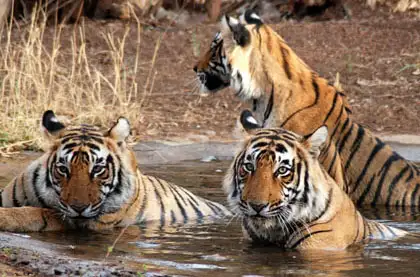
Jungle Safari is the best way to explore the forests of Ranthambore. Safari is an adventure that takes any adventurer who likes to explore the unexplored trails.
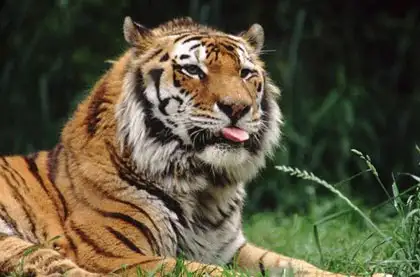
This park is situated only 200 km from Delhi and 107 kms from Jaipur. Although larger than Ranthambor, it is less commercialised and has less tigers but.
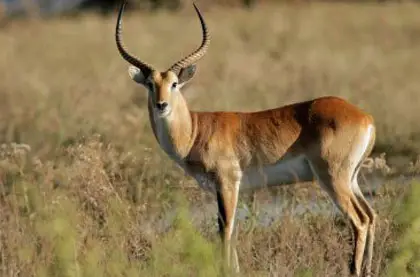
An erstwhile royal hunting preserve of the Maharaja of Kota, it is a thickly forested sanctuary lying along the southeastern border of Kota.
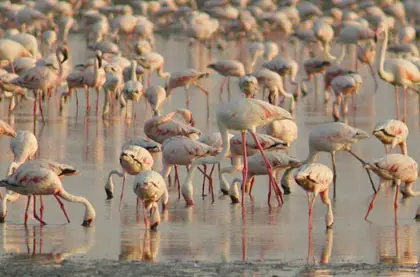
The Desert National Park is an excellent example of the ecosystem of the Thar desert and its diverse fauna. Sand dunes form around 20% of the Park.
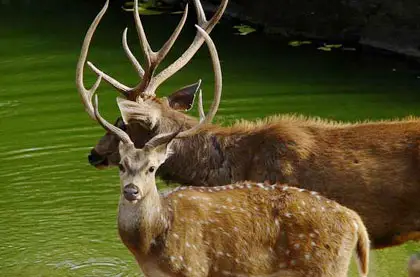
Jaisamand Sanctuary is situated 50 kms south of Udaipur the picturesque city of lakes verdant valleys and hills. It is on the bank of Jaisamand Lake.
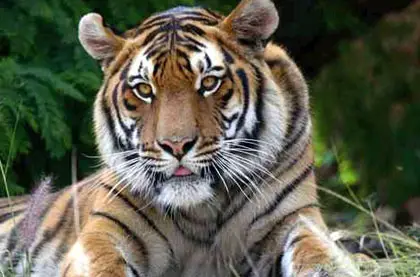
Keoladeo Ghana National Park (Bharatpur Bird Sanctuary) is a Ramsar site under the Ramsar Convention, and also a World Heritage site. It has been the only
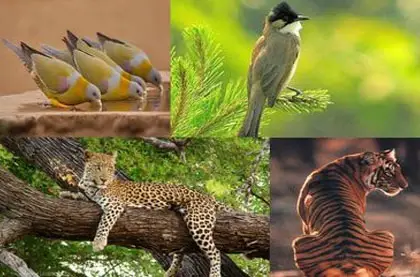
Kumbhalgarh Sanctuary Is located in the most rugged of the Aravali in Pali, Rajsamand and Udaipur districts of Rajasthan. It takes name after the impressive
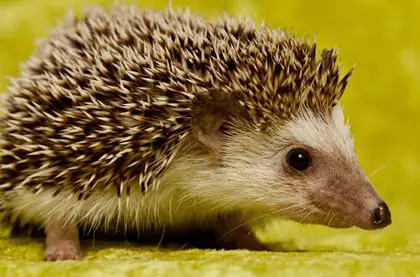
The sanctuary comprises the oldest mountain ranges - The Aravali. It was declared as a Wildlife Sanctuary in 1960. Apart from having several sightseeing places.
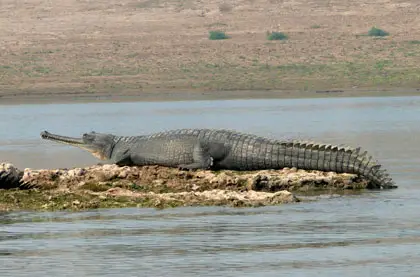
National Chambal Sanctuary, also known as the National Chambal Gharial Wildlife Sanctuary, is a 5,400 km2 (2,100 sq mi) tri-state protected area in northern.
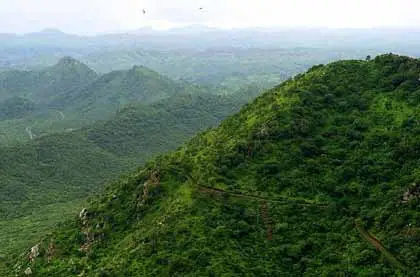
Sajjangarh Wildlife Sanctuary is located in Udaipur District of Rajasthan in the southern Aravalli Hills. The area of the sanctuary is 5.19 square kilometres.
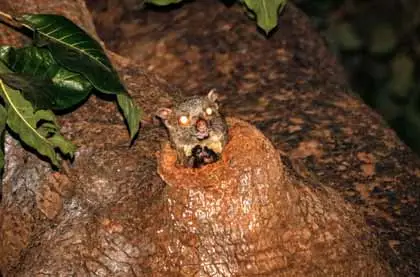
Sitamata Wildlife Sanctuary is bestowed with rich biodiversity. Spread over Pratapgarh and Chittorgarh districts of southern Rajasthan, the sanctuary is one of the best-preserved.
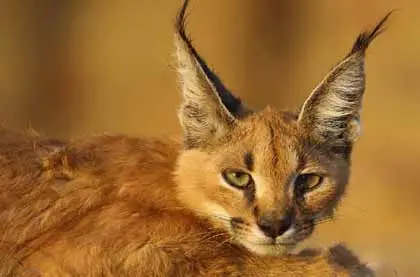
The Kailadevi Wildlife Sanctuary (KWS) is the northern extension of the Ranthamboree National Park and falls within the buffer zone of the Ranthamboree Tiger Reserve.
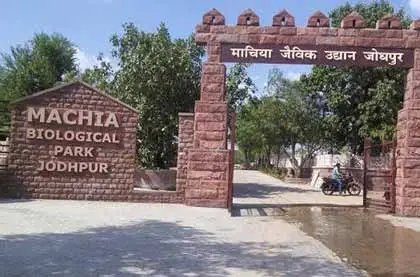
Machia Biological Park is located almost 8.5 kilometers from Jodhpur City, in close proximity to Kaylana Lake. Bird lovers will find this park especially interesting, since.
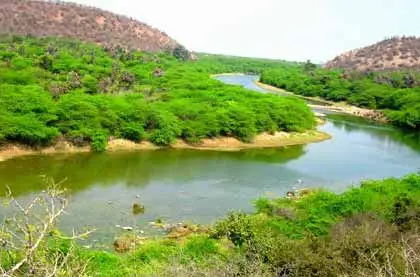
Ramgarh Vishdhari Wildlife Sanctuary acts like a buffer for Ranthambore National Park, one of the most famous wildlife sanctuaries in India. It is located almost 45 kilometers.

Mukundra Hills is the third Tiger Reserve in Rajasthan wildlife after Ranthambore and Sariska! Mukundara Hills Tiger Reserve is unfurled across four districts - Kota, Bundi.
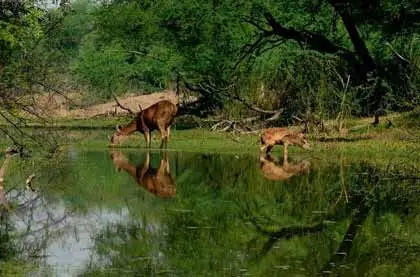
About 650 kilometers away from Bharatpur is the ancient wildlife reserve that was created for the Maharajas of Bharatpur. The famous dam there on River Kukund was built around 1887.
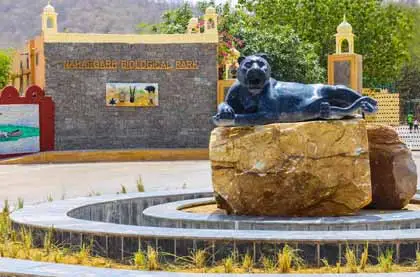
Nahargarh Biological Park, a part of the Nahargarh sanctuary is located about 12 km from Jaipur on the Jaipur-Delhi highway. It encompasses a large area of 720 hectares.
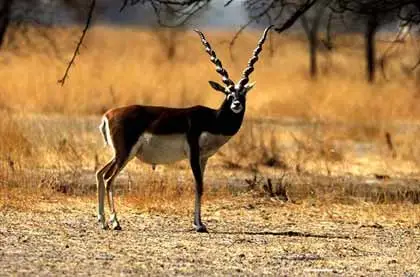
Tal Chhapar Sanctuary is a sanctuary located in the Churu district of Northwestern Rajasthan, in the Shekhawati region of India. It is known for blackbucks and is also home to a variety.
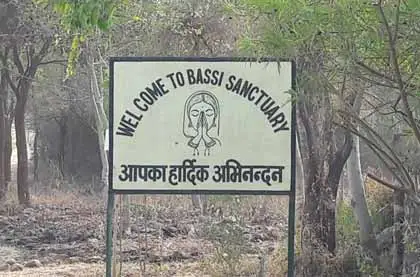
Bassi Wildlife Sanctuary is a wildlife sanctuary near Bassi in Chittorgarh district of Rajasthan, India, 5 kilometres from the Bassi Fort Palace. It covers an area of 15,290 hectares.
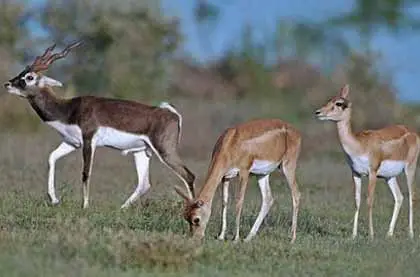
Gajner Wildlife Sanctuary is located at a distance of about 32.0 km from Bikaner. In former times, it was a hunting ground for the Maharajah of Bikaner. There is a lake.
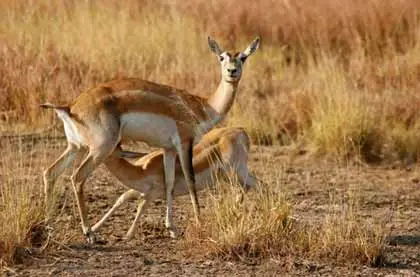
Todgarh Raoli Wildlife Sanctuary is a wildlife sanctuary in Rajasthan, India. Spread over the Ajmer, Pali and Rajsamand districts of the state, it was established in 1983.
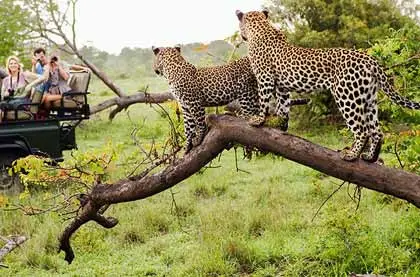
Jhalana Leopard Safari Park is home to 30-35 leopards out of which 6-7 leopards have their territory in tourism area of park. Situated right in the heart of Jaipur.
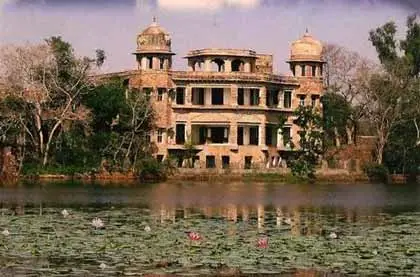
Dholpur in Rajasthan boasts of having several wildlife sanctuaries. Famous among them is Van Vihar Wildlife Sanctuary which is spread over 60 sq km area.

Popularly known as the Sorsan Grassland, Sorsan Wildlife Sanctuary is an ideal destination for bird lovers in Rajasthan. The sanctuary is spread in 41-sq km.
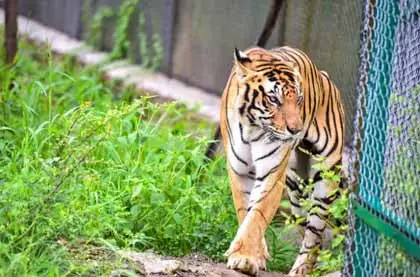
Udaipur Biological Park Located just outside the city of Udaipur, this is a relatively new Biological park or Zoo. This has animals like Ostrich, lion, tigers, leopards bear etc.
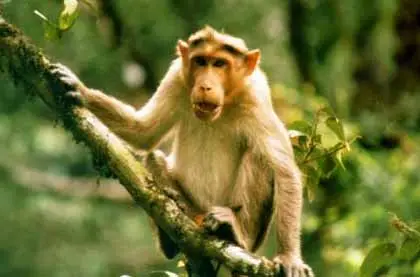
Bhensrodgarh Wildlife Sanctuary is an exquisite habitat for wildlife animals situated in the Aravallis. The 229 square kms area was declared as a wildlife sanctuary in 1983.
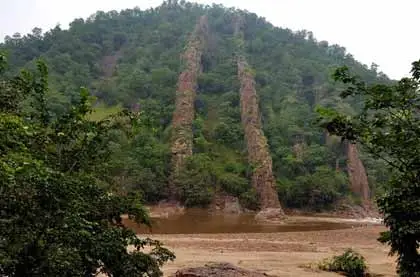
Phulwari ki Nal Wildlife Sanctuary is in Udaipur District of Rajasthan, in the southern Aravalli Hills bordering the state of Gujarat, India. It was declared a Wildlife Sanctuary.
Q: What are some of the prominent wildlife species found in Rajasthan?
A: Rajasthan is home to a diverse range of wildlife species including Bengal tigers, leopards, Indian elephants, Indian rhinoceroses, Asiatic lions, Indian wolves, sloth bears, and various species of deer and antelope.
Q: Where can one spot Bengal tigers in Rajasthan?
A: Bengal tigers can be spotted in wildlife reserves such as Ranthambore National Park, Sariska Tiger Reserve, and Mukundra Hills Tiger Reserve in Rajasthan.
Q: Which is the best wildlife sanctuary in Rajasthan for birdwatching?
A: Keoladeo National Park (Bharatpur Bird Sanctuary) is renowned for its diverse avian species, making it a paradise for birdwatchers in Rajasthan.
Q: What is unique about the desert wildlife in Rajasthan?
A: The desert wildlife in Rajasthan includes species such as desert foxes, desert cats, Indian gazelles (chinkaras), and the Great Indian Bustard, adapted to the arid conditions of the Thar Desert.
Q: Which wildlife reserve is known for its leopard population in Rajasthan?
A: Jawai Leopard Conservation Reserve, located near Pali district, is known for its thriving population of leopards in Rajasthan.
Q: Are there any crocodiles found in Rajasthan?
A: Yes, crocodiles can be found in wildlife reserves and sanctuaries with water bodies such as Ranthambore National Park and Sariska Tiger Reserve.
Q: What is the best time of year for wildlife safaris in Rajasthan?
A: The best time for wildlife safaris in Rajasthan is during the winter months, from October to March, when the weather is pleasant and animals are more active.
Q: Can one spot migratory birds in Rajasthan?
A: Yes, Rajasthan is visited by numerous migratory bird species during the winter months. Keoladeo National Park and Tal Chhapar Sanctuary are popular spots for migratory birdwatching.
Q: Is it possible to see wolves in Rajasthan?
A: Yes, Indian wolves can be found in wildlife reserves such as Ranthambore National Park and Desert National Park in Rajasthan.
Q: Which sanctuary is known for its population of Indian rhinoceroses in Rajasthan?
A: The Dudhwa National Park, located near the Rajasthan-Uttar Pradesh border, is known for its population of Indian rhinoceroses.
Q: Are there any opportunities for wildlife conservation volunteering in Rajasthan?
A: Some wildlife reserves and organizations in Rajasthan offer opportunities for volunteering in wildlife conservation efforts. It's best to inquire directly with the reserves or conservation organizations for details.
Q: Are there any eco-friendly wildlife resorts in Rajasthan?
A: Yes, there are eco-friendly wildlife resorts and lodges located near wildlife reserves and sanctuaries in Rajasthan, offering sustainable accommodation options for visitors.
Q: Can tourists take guided wildlife safaris in Rajasthan?
A: Yes, tourists can take guided wildlife safaris in various wildlife reserves and sanctuaries in Rajasthan. These safaris are typically conducted by experienced naturalists and guides.
Q: What safety measures should tourists follow during wildlife safaris in Rajasthan?
A: Tourists should follow safety instructions provided by guides and authorities during wildlife safaris, maintain a safe distance from wild animals, and avoid any actions that may disturb or provoke them.
Q: Are there any restrictions on photography during wildlife safaris in Rajasthan?
A: While photography is allowed during wildlife safaris in Rajasthan, tourists should adhere to guidelines and regulations regarding photography in wildlife reserves to avoid disturbing the animals or their habitats.